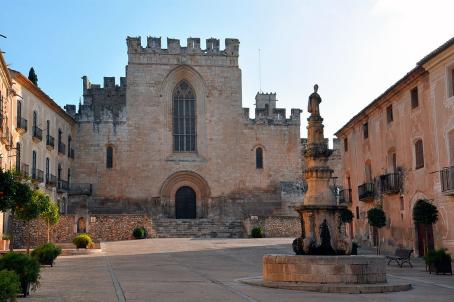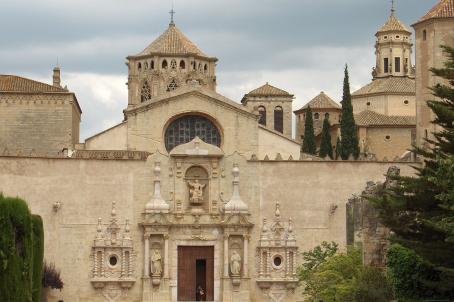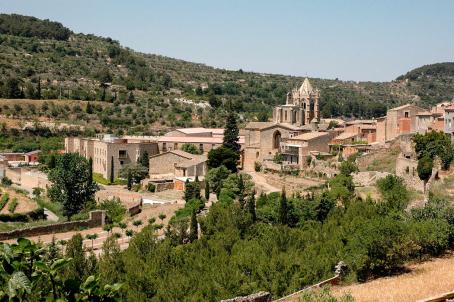Tarragona Cathedral
Tarragona Cathedral was built on a hill with a monastery on the site of a Roman temple, of which columns still remain in the courtyard of the monastery.
About this building
It was built in early Gothic style after early Romanesque beginnings, and the consecration of the church, which was unfinished due to the plague, took place in 1331. In 1250 the construction of the dome began and from 1277 the façade. After the consecration of the church in 1331, construction continued until the 18th century with chapels in Gothic, Renaissance and Baroque style.
For more information about this building visit https://www.monestirs.cat/monst/tarra/ctr17cate.htm






